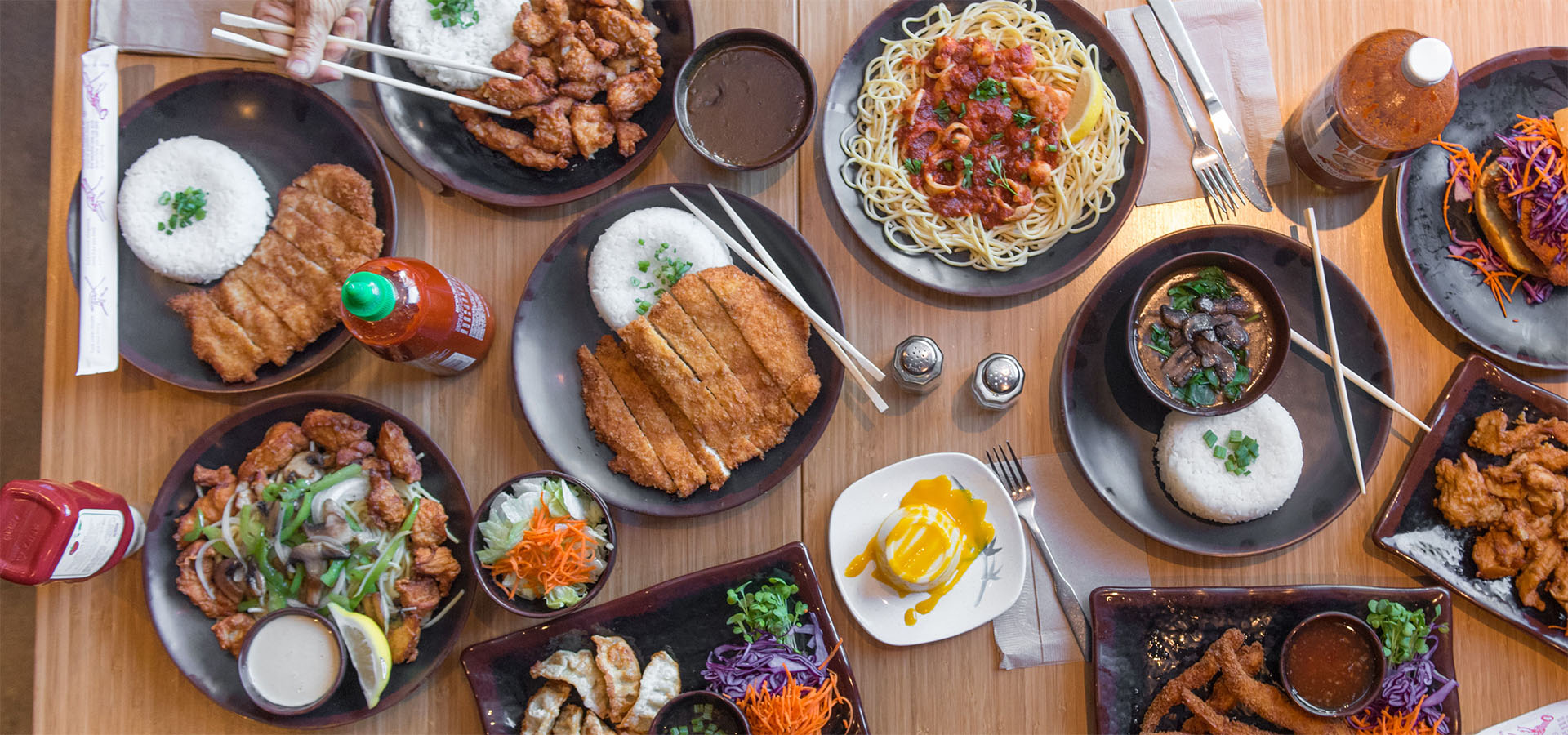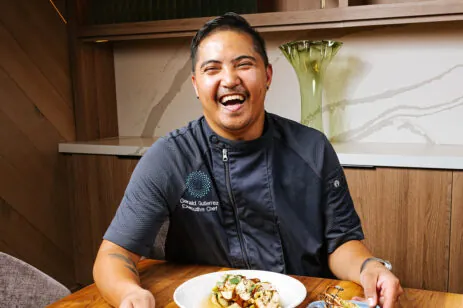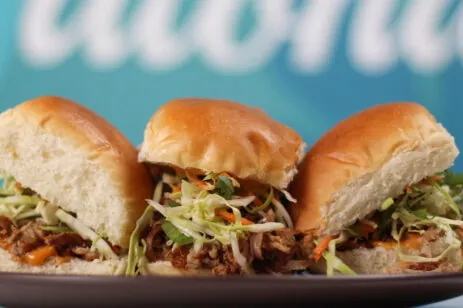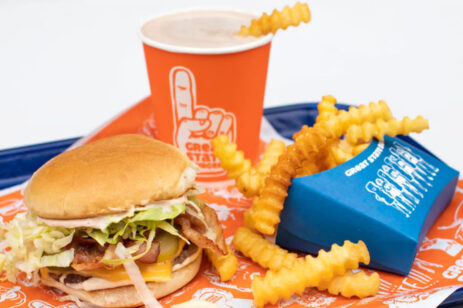Bringing Authentic Japanese Curry and Yoshoku Cuisine to Seattle.
Hurry Curry of Tokyo first opened its doors in our West Los Angeles location in 1989. We spent many months working closely with a Japanese specialty food distributor to develop our signature curry base in Japan. To this day, that company ships us our custom “roux” base – which we then finish off on site daily. Our Japanese customers tell us our curry reminds them of the curry they grew up with in Japan.
We also feature other Japanese comfort food dishes inspired by Western cuisine including Katsu (chicken cutlet) and Tonkatsu (pork cutlet), Spaghetti Naporitan, and Korokke (potato and pumpkin croquettes).
We pour Japanese draft beer and bottled beer, sake and “saketini” cocktails, and a selection of white and red wines chosen to pair with our food.




